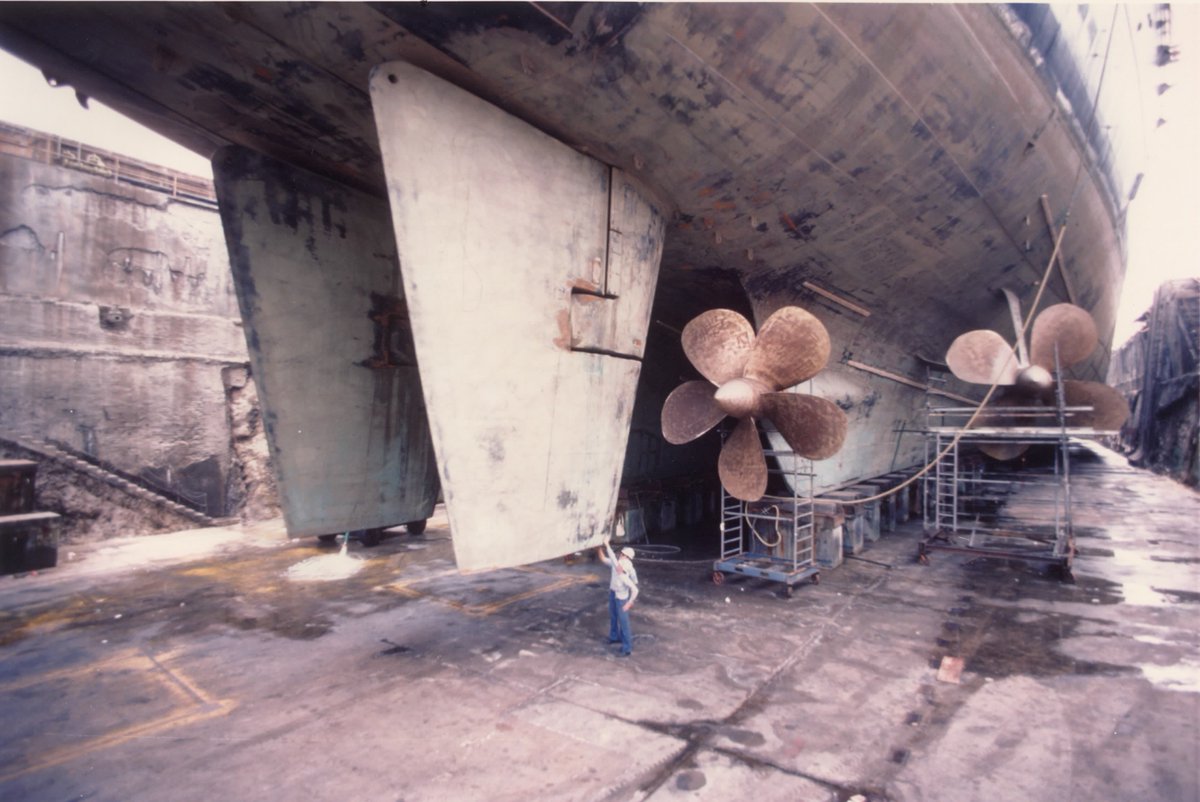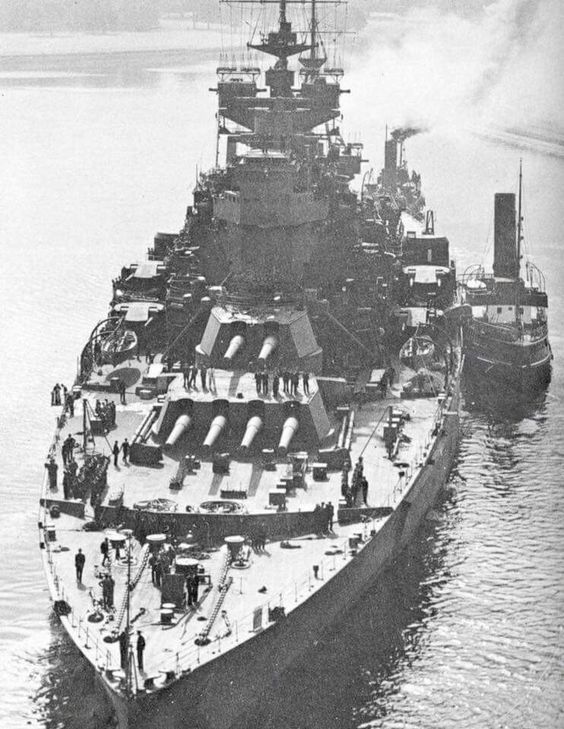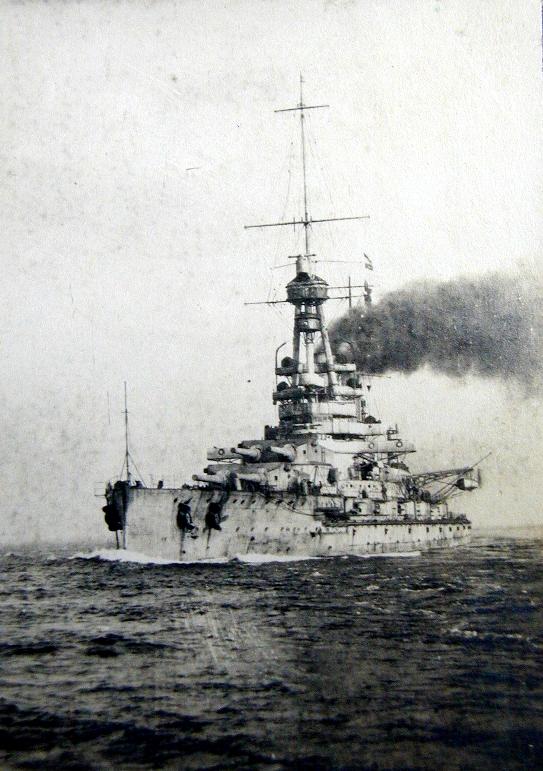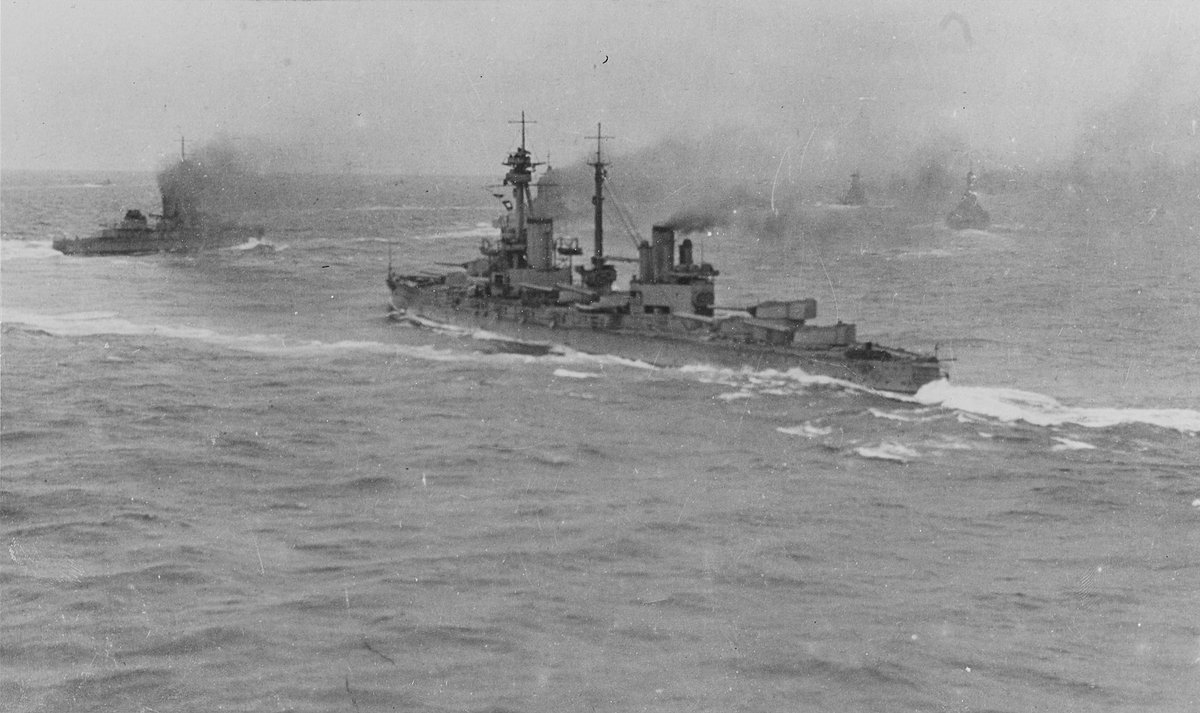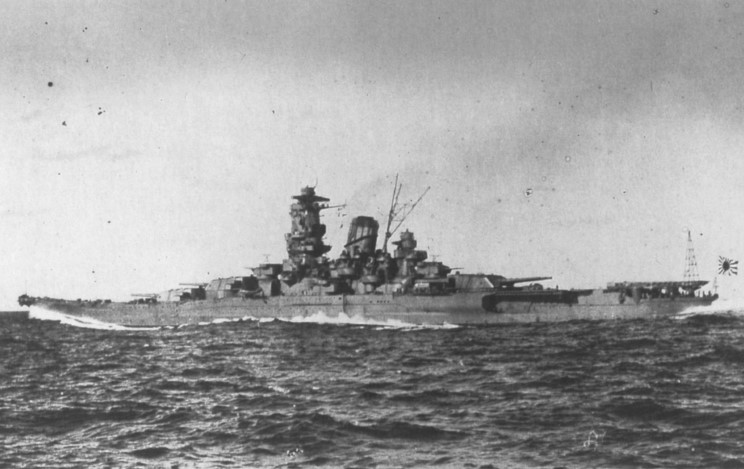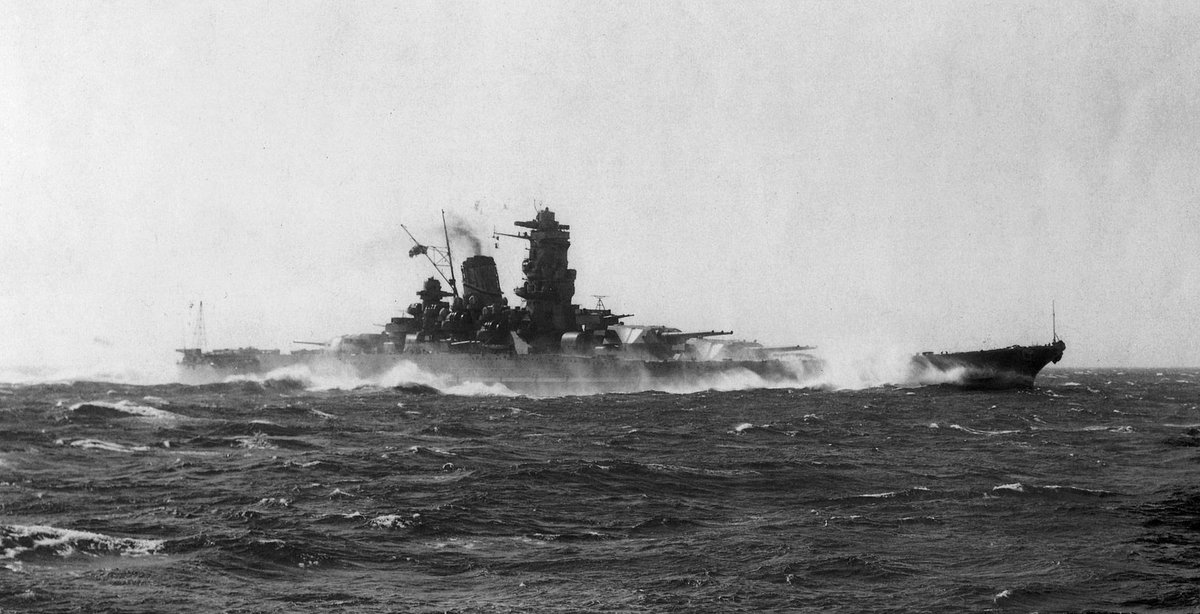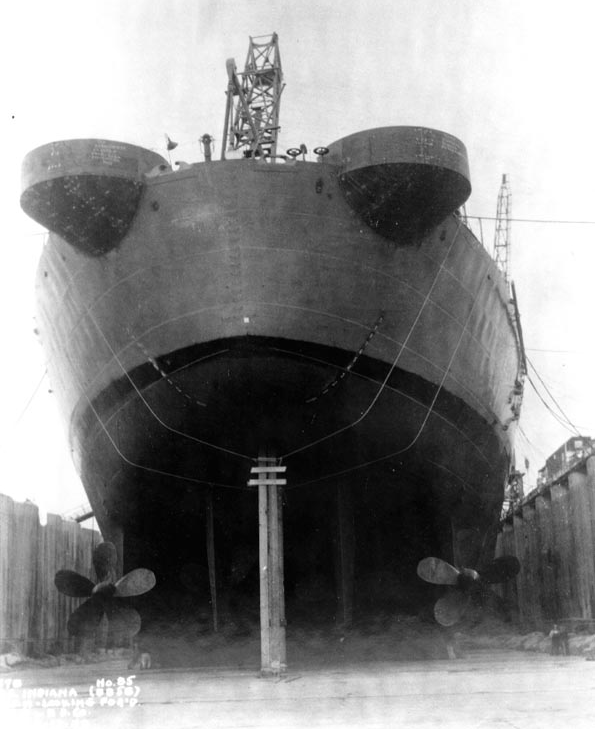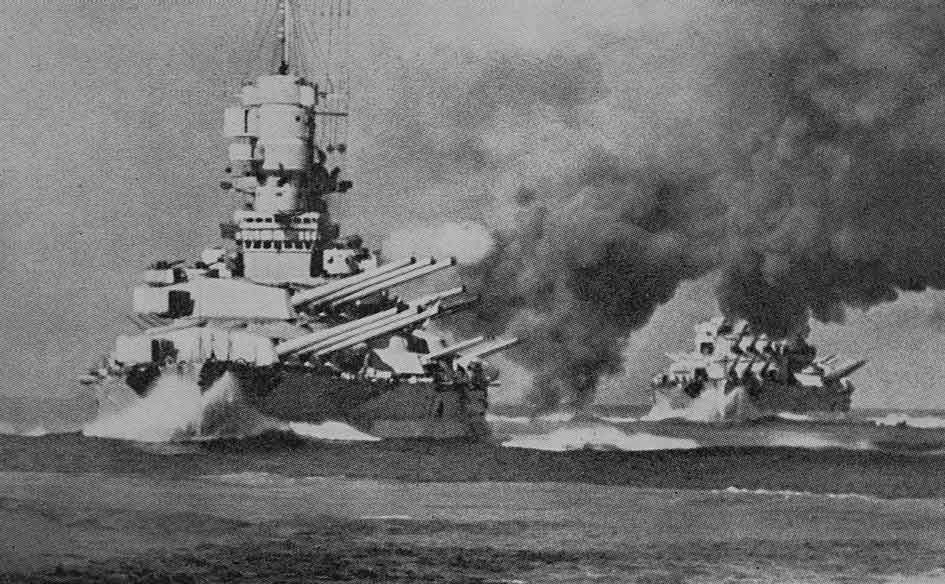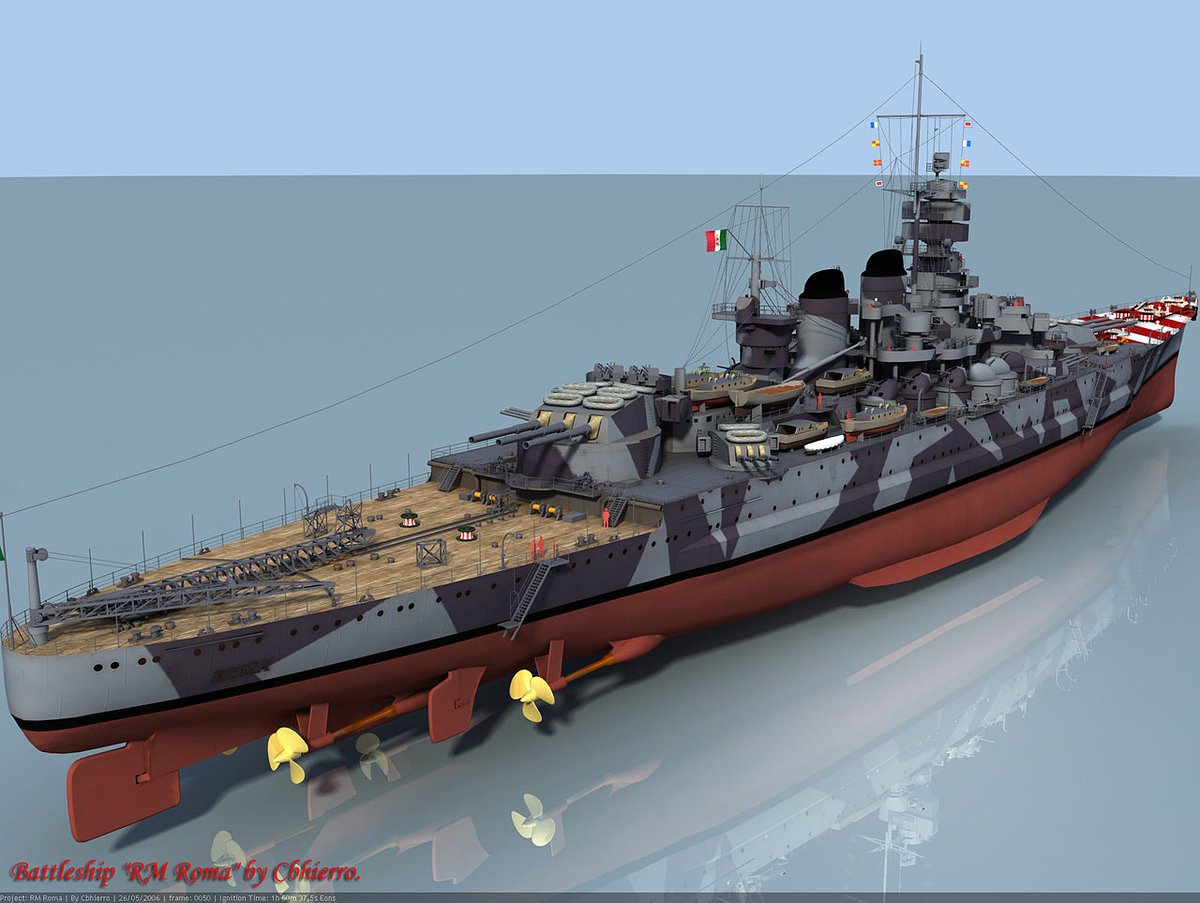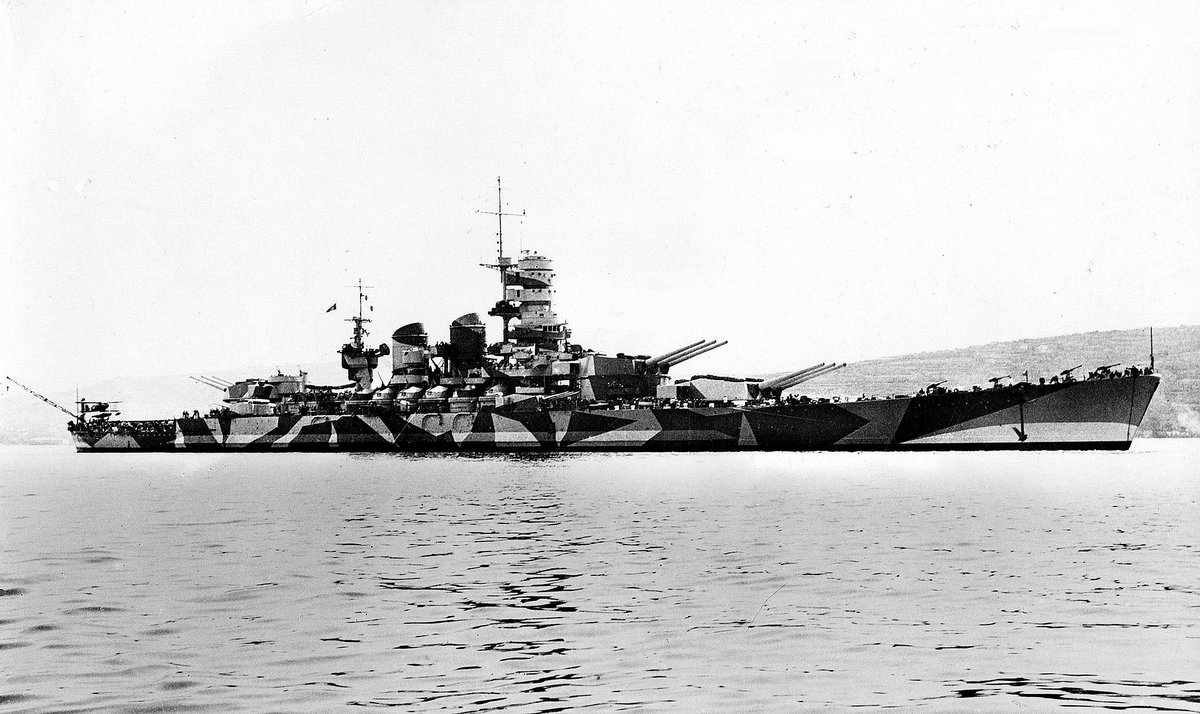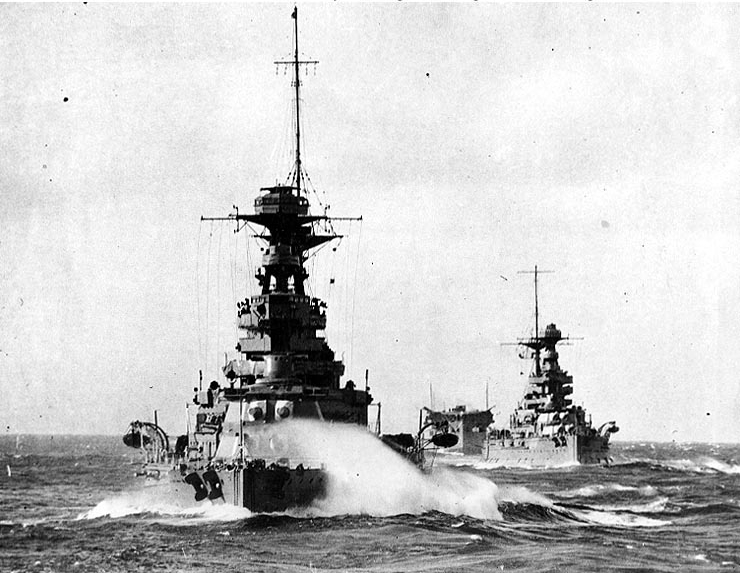Rudders. Every ship has them, from the smallest skiff to the largest dreadnought.
As far as battleships and other armoured warships were concerned, rudders proved to be one of the most vexing features for designers.
As far as battleships and other armoured warships were concerned, rudders proved to be one of the most vexing features for designers.
Rudders were every bit as important to a battleship as its guns and powerplant were. However, unlike other areas of a battleship, the rudders could not be protected.
Must of the important components of a battleship were tucked away safely within the armoured citadel. Rudders however were conspicuously exposed, located outside the hull much less the protected citadel.
This was a major problem. Damage to the rudder could reduce what was a highly mobile fortress of armor and guns into little more than a highly expensive floating battery.
Unfortunately, this was a problem that was never rectified by designers.
Unfortunately, this was a problem that was never rectified by designers.
However, designers did try to mitigate the issues with rudder protection.
One such method was manipulating the ship& #39;s powerplant, using the screws to turn the warship. However, this could be impossible if the rudders were disabled while turned.
One such method was manipulating the ship& #39;s powerplant, using the screws to turn the warship. However, this could be impossible if the rudders were disabled while turned.
Certain shaft arrangements were also less effective at manipulating a ship& #39;s course.
Another, more successful, attempt was made by introducing greater redundancy. Having multiple rudders made it somewhat less likely for one single hit to disable steering.
Another, more successful, attempt was made by introducing greater redundancy. Having multiple rudders made it somewhat less likely for one single hit to disable steering.
Several nations introduced two primary rudders or had a smaller auxiliary rudder to supplement the first. Not only did this enhance redundancy, but it also helped with turning performance.
However, this too was not always successful.
However, this too was not always successful.
For instance, the Yamato class featured a secondary rudder. However, it was found that this smaller rudder could not deflect enough water to counteract the main rudder should it become locked.
This was also true for ships with two equal-sized rudders.
This was also true for ships with two equal-sized rudders.
Should one rudder become locked during a turn, it could completely negate the efforts of the other rudder. Germany attempted to address this with explosives with the H-class. Should the rudders be locked, they could be jettisoned to try and regain control of the ship.
Though the rudders could not be protected with armor. They could be protected through other means. Though not designed for it, some have theorized that the skegs of the South Dakota class could enhance protection for the rudders from certain angles.
At this point, you might be wondering if anyone ever figured out an effective way in protecting their rudders. Turns out one nation did.
For the Littorio class battleships, Italy introduced a unique rudder layout.
For the Littorio class battleships, Italy introduced a unique rudder layout.
The Littorio class used three rudders. One primary rudder was mounted on the centerline. It was further supplemented by two auxiliary wing rudders located immediately aft of the outer screws.
Image Source: Wikipedia (it& #39;s a damn shame photos aren& #39;t available of this layout...)
Image Source: Wikipedia (it& #39;s a damn shame photos aren& #39;t available of this layout...)
While still exposed, the rudders had plenty of space to separate them. Should one be hit and disabled, the other two rudders could overcome the disabled rudder and keep control of the battleship. Italy couldn& #39;t protect the rudders, but they could protect handling with redundancy.
This gave the Littorio class a level of protection that no other class of battleship enjoyed.
Of course, its important to point out that disabling a ship& #39;s rudders was easier said then done. It would take an enormously lucky hit in just the right spot to disable a ship.
Of course, its important to point out that disabling a ship& #39;s rudders was easier said then done. It would take an enormously lucky hit in just the right spot to disable a ship.
The low probability of such a hit was such that most designers did not think it worth it to spend effort on protecting the rudders, preferring to focus on areas that were more susceptible to damage during combat.
With that in mind, you could say that extravagant layouts like that found on the Littorio class were nice to have, but ultimately superfluous.
Personally, I fall under the opinion of better to have it and not need it than to need it and not have it.
Personally, I fall under the opinion of better to have it and not need it than to need it and not have it.
What do you think? To protect the rudders or to rely on luck?
#History #MondayMorning #morningthoughts #Battleship #Military #Navy #Facts #Engineering
#History #MondayMorning #morningthoughts #Battleship #Military #Navy #Facts #Engineering

 Read on Twitter
Read on Twitter